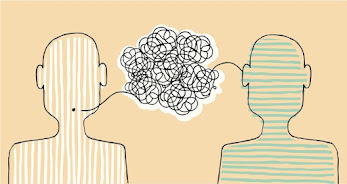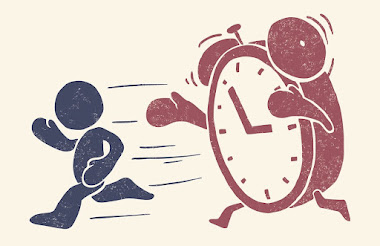Habit 5: Seek First To Understand, Then To Be Understood Part 2

In the last blog post, I covered the importance of Empathic Listening, in this blog post, I will cover the steps of seeking to be understood. In the second portion of habit 2 delivering is the main point covered. The first step is to understand, after listening to the speaker think about what they said, don't just think about it, understand it. Perception is a crucial point author Covey makes. Perception helps a listener visualize and recognize why the speaker stands where they stand. A good listener must be considerate and fully accomplish Empathic Listening. Mutual respect is another step in good communication. Each individual must be considerate and not be stuck on their "own thing". (Not my image) At the beginning of Habit 5, Covey brings up The Emotional Bank Account. An Emotional Bank Account refers to the levels of trust, and respect people have for one another. Positive interactions deposit into the bank, while negative interact...







